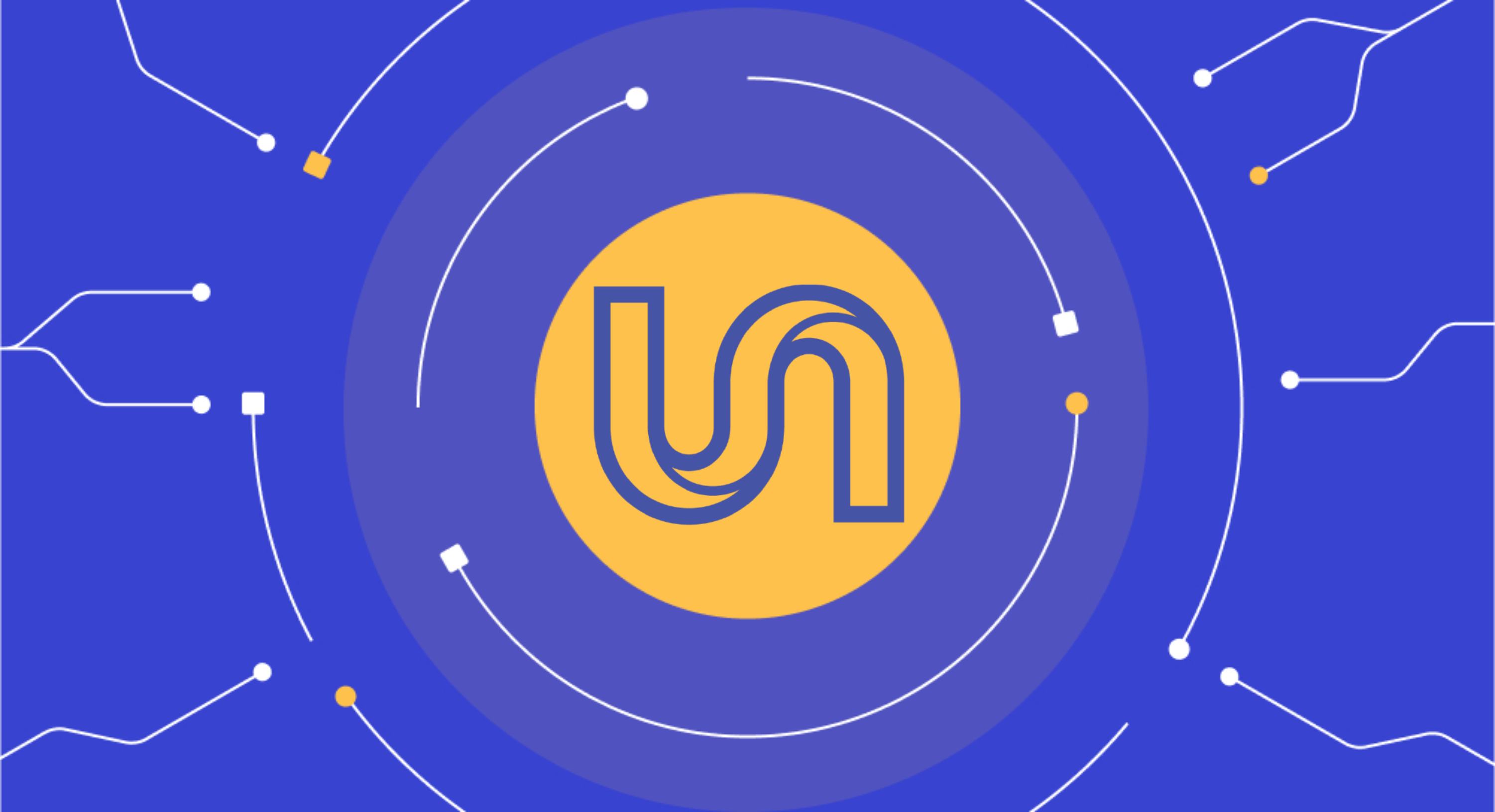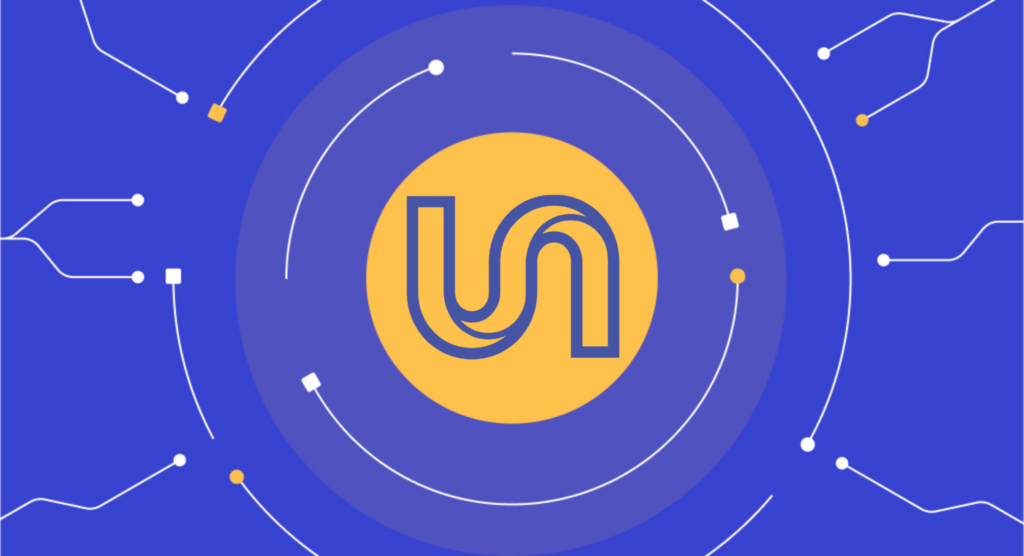The Friedmans got married in May 1917. They had met just the year before, during the First World War, in the Riverbank Laboratories, a private research lab run by the eccentric millionaire George Fabyan, just outside Chicago, Illinois.
She was Elizebeth Smith, an English major from Pennsylvania with dark brown curls and enthusiasm for Latin, Greek, and German. He was William F. Friedman, a genetics postgraduate whose parents had fled from Moldavia to escape growing anti-semitism in 1890s’ Europe. They were both enlisted by Fabyan to develop cryptographic techniques that could support his belief that Francis Bacon was the real author behind Shakespeare’s plays. This theory was later disproved, but it hardly mattered to Elizebeth and William. They met, fell in love, and moved on to bigger things.
When the war broke out, the US government had no Intelligence division, and so Fabyan volunteered his laboratory and resources and set them at the disposal of the government. With the help of Elizebeth, Friedman taught the first class of government men in codes and ciphers, and would go on to become the director of SIS, or Signal Intelligence Service, US’s codebreaking division throughout World War II.
They started solving puzzles, breaking codes and revealing the secrets of others long before there were any computers to help them. During the next thirty years, and with little to no knowledge of mathematics, they would develop the field of cryptology, and unravel thousands of messages from two world wars — the most famous of them being a highly secret and complex code developed by the Japanese, dubbed Purple Code — untangled secrets from smugglers, gangsters and international armies.
When Friedman was asked by Congress about the contributions of their cryptanalysts, an admiral hollered, “Hell, they won the war!” They’re considered by some the world’s greatest cryptologists. She became a detective of sorts, collaborating with both the US and British Intelligence to expose Nazi rings and spies. He wrote the book that trained generations of NSA analysts. There was little they couldn’t break.
Until they found out about the Voynich Manuscript.

The unsolvable mystery
Today, the 240 page-long manuscript is tucked away at Yale’s Beinecke Rare Book & Manuscript Library, where it’s been stored for the past 50 years. No one knows who wrote it, or even what its contents mean. The ornate letters don’t belong to any alphabet we know of, and its drawings don’t offer much insight either — diagrams and paintings of otherworldly herbs and flowers, zodiac charts, astronomical symbols, naked women bathing in green ponds.
We know so little, in fact, that the manuscript is named after Wilfrid Voynich, the rare-book dealer who stumbled upon it in 1912. He thought it might be some sort of natural encyclopedia from medieval times, but never managed to decipher it, or to track when and where it came from. Some recent tries have been a bit more successful, and in the past decade, a team of researchers carbon-dated it to the early 15th century, but its whereabouts during those five centuries are a bit more obscure.
René Zandbergen, one of the leading experts in the manuscript, has created an entire website dedicated to it. He has traced some of its owners throughout the ages, all the way back to 1639, when a Prague citizen named Georgius Barschius wrote a letter to the Jesuit Athanasius Kircher in Rome, in which he explained “that he owned a mysterious book that was written in an unknown script and that was profusely illustrated with pictures of plants, stars, and chemical secrets.”
In 1976, Yale professor William Ralph Bennett also noticed something interesting. He was studying the entropy of the manuscript’s alphabet, or rather, its unpredictability. Essentially, the lower the entropy of a language, the more predictable any given string of characters will be. Therefore, if a language has no entropy, it means that once you know the first character, you immediately know all that follow. Bennet realized the alphabet of the Voynich Manuscript had very low entropy. So low, in fact, that it was unlike any known natural language, especially the European languages.
There are very detailed accounts of the characters and words written in the manuscript. We know it reads from left to right and top to bottom. We have detected some similarities with Latin abbreviations commonly used in the Middle Ages. We have identified some words as labels and titles. But we don’t seem to be any closer to figuring out what they actually mean.
And much like any mystery, as its elusive reputation grew, so did its popularity. Soon, all manner of linguists, scholars and cryptologists around the world wanted a chance at breaking the code. They speculated wildly — what could it possibly be? A natural encyclopedia, as Voynich first thought? A fertility journal? A sex manual?
Eventually, even the Friedman’s tried their luck at it. They kept books of unsolved historical puzzles, hoping for a chance of solving them in their spare time, as William joked that he worked on and off, “but only in my leisurely hours at home, nights, Saturdays, Sundays, and holidays.”
In Jason Fagone’s The Woman Who Smashed Codes, a book he wrote about Elizebeth using the archives from Virginia Library which contained hundreds of her letters, he writes that “William pondered his copy of the Voynich Manuscript, an illuminated book of uncertain lineage, written in a delicate looping script that corresponded to no known language.”

The Friedmans reportedly spent over three decades trying to decipher the book, only to finally admit defeat. But some contenders have been more confident in their efforts. Every few years, someone announces they’ve solved the unsolvable mystery. Just in 2017, history researcher Nicholas Gibbs published an article in the esteemed Times Literary Supplement about cracking the code. He claimed it was a women’s health manual whose letters were just Latin abbreviations, that could be solved with an index that can’t be found in the manuscript anymore. Unfortunately for Gibbs, his place in the spotlight was short-lived. Soon, experts were refuting his claims, saying his analysis “was a mix of stuff we already knew and stuff he couldn’t possibly prove.”
Some believe the Voynich manuscript is nothing but a practical joke. Zandbergen’s favorite hypothesis is that it was made by a prankster, or that it was perhaps a fabrication used to get into some kind of secret society of the time. Over the years, he started believing that the question wasn’t really, “What does it mean?”, but rather, “How was it done?”
And perhaps Zanbergen is right. Maybe the reason it hasn’t been solved so far is that there’s nothing to solve. So why do we keep trying to?
A never-ending story
Perhaps the biggest reason is that after centuries of efforts to crack the code, after all the work so many amateur and professional cryptologists, historians, linguists, mathematicians and hobbyists put in, maybe we’re not ready to admit defeat. Maybe the odd codebreaker who, much like the Friedmans, has been at it for decades, can’t bear the thought that there’s really nothing to be solved — that the manuscript is, at best, a prank by a 15th-century gentleman with a wild imagination and too much time on his hands.
Indeed, the allure of the Voynich Manuscript is not unlike that of any other mystery. The thrill of the chase, the quintessential search for meaning, the need to find order in an otherwise chaotic world. The ironic part is that you could argue that we’re not looking forward to see it solved at all, judging by how quickly we jump to disprove anyone who claims to have done it. Maybe most of us, even the ones attempting to crack the code, secretly hope this quest is never ending. Because no matter how exciting it would be to finally find out the secrets those bizarre illustrations and characters hold, as soon as it’s solved, the thrill is gone.
And in the vacuum created by solving one of the world’s biggest mysteries, what would we be left with?
The post Can the Voynich Manuscript even be translated? appeared first on Unbabel.












